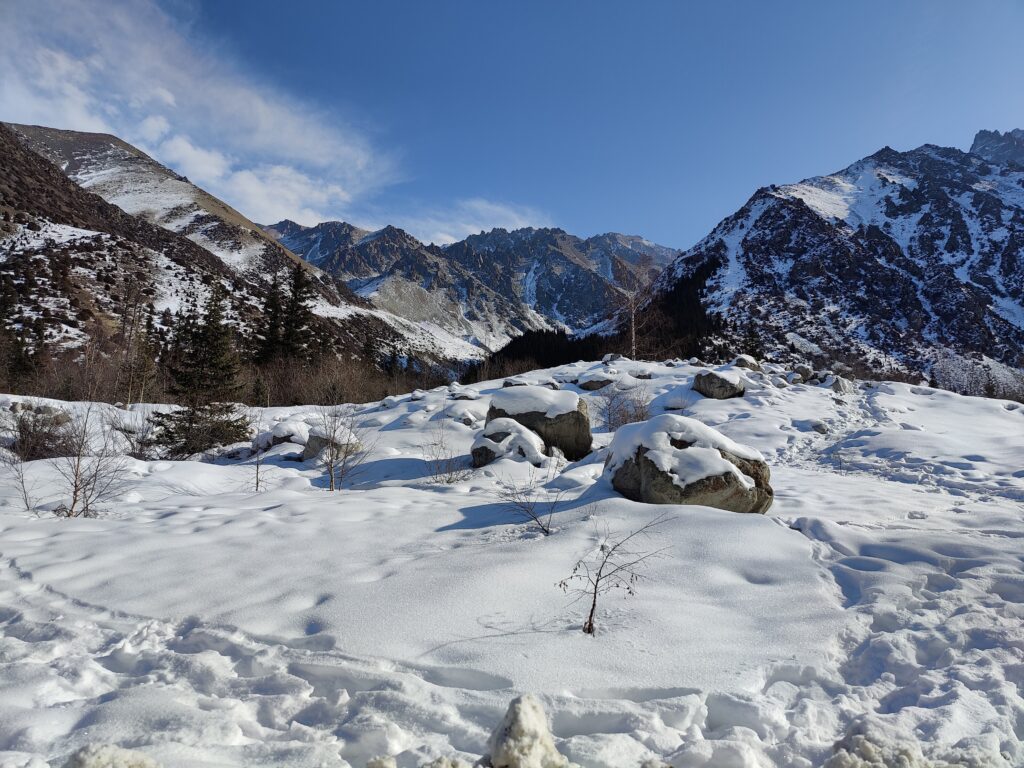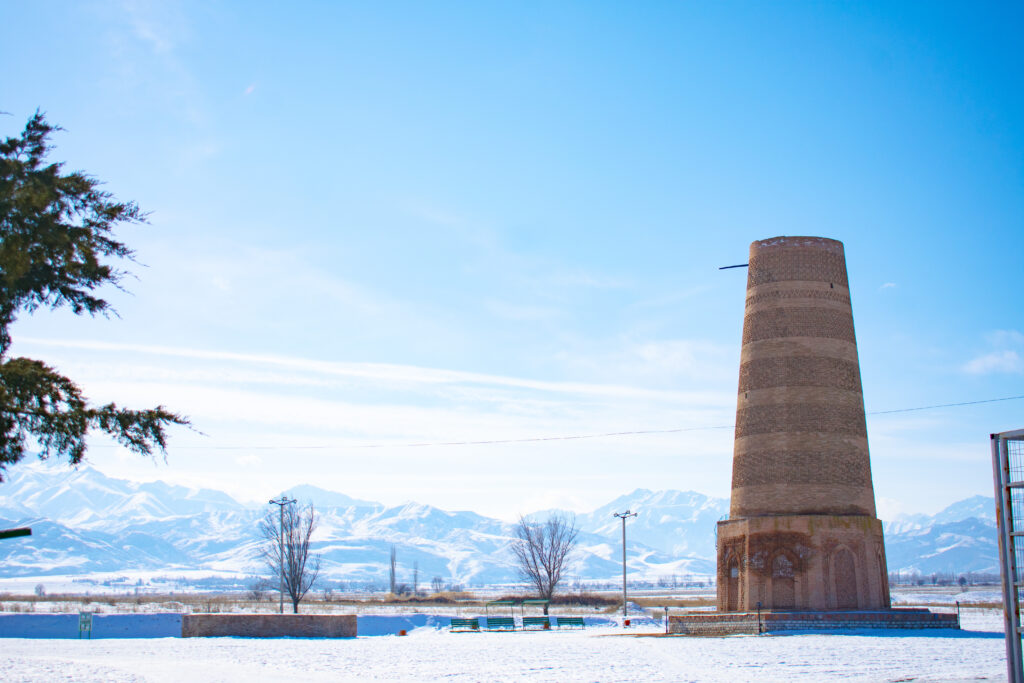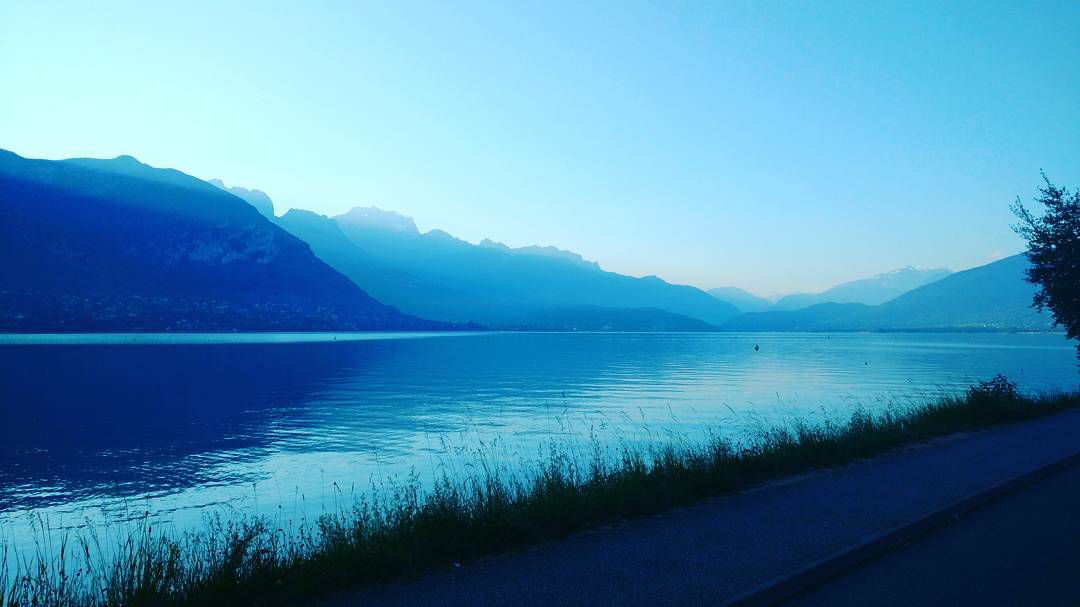On a lazy Sunday afternoon, I was compulsively scrolling on Instagram, rummaging through every single Reel in existence. That’s when I came across a Reel announcing a Snow Drive in Kyrgyzstan. A snow drive! In Kyrgyzstan! A splendid idea. Unless it cost me a kidney, I was definitely going. If it cost me a kidney, I would still consider the idea very seriously.

Central Asia has always exerted a magnetic charm. The prospect of exploring these little-known lands and their culture by driving around in a swanky Toyota Sequoia on snow. Phew.
The organizers, Beyond Xpeditions, are an adventure travel outfit run by the very passionate Kaniyshk Malick. I booked the tour on a whim. And then spent three months incessantly daydreaming.
The trip was in January, in the middle of the school session. This had to be a solo trip sans la familia. My very understanding wife generously managed the home front while I went on the trip.
Kyrgyzstan in a nutshell
Kyrgyzstan is almost entirely mountainous with a strong nomadic tradition. Much of that tradition has survived to the modern day, albeit adapted for the times. The Tian Shan mountains and the gigantic Issyk Kul lake are its dominant geographical features. The Kyrgyz language is derived from Turkish and the people are a mish-mash of many ethnicities. Kyrgyzstan shares much of its culture with its Central Asian neighbours but is also fiercely proud of its unique differences.
The Logistics
Not too long ago, obtaining a travel Visa to Central Asian countries was an arduous task. Now obtaining a Kyrgyz e-Visas is a breeze and takes less than a week and costs around Rs 4500. Bishkek, the capital of Kyrgyzstan, is connected to Delhi via Almaty, Kazakhstan by daily flights operated by Air Astana costing approx Rs 40k round trip. The currency is Kyrgyz Som and 1 Indian Rupee is ~ 1.05 Kyrgyz som at the time of writing. The costs of accommodation, dining and internal travel are comparable to India.
Day 1 – Delhi to Bishkek via Almaty
The flight to Bishkek will remain memorable for the breathtaking views from the window. All of Kazakhstan and Kyrgyzstan was draped in a sparkling blanket of powdery snow.


At Bishkek’s Manas International Airport, we met Nazir, our local guide and the lifeblood of the group. His irreverent humour generously peppered with profanities would have us in splits throughout the trip.

After checking in, we headed to cafe Arzu for our first meal in Kyrgyzstan. The first meal in a new country always gets me excited. Everything on the menu looks exotic and I fight the urge to try everything at once. And by the last day, the excitement of exploration is replaced by the comfort of familiarity. There’s a sense of satisfaction from having explored a culture through its food.
I tried Boorsok, the sweet, fried, fluffy squares of dough that would become a staple over the next few days. I also tried Laghman, a delicious Uighur dish of noodles and meat that’s relatively spicy by Kyrgyz standards.


Day 2 – Kashka Suu Ski Base
The next morning, I got the keys to my ride for the next week – a sexy black Toyota Sequoia. It was love at first with Ana and I could hardly wait to get started on our escapade.

Splendid views of the snow-covered Tian Shan mountains greet you as soon as you exit Bishkek. A short drive out of the city is Ala Archa National Park. The park is home to impressive peaks, glaciers and hiking trails but they are all more accessible in the summer. We contented ourselves with a walk in the park and some juvenile entertainment involving snowballs.

At lunch, I had my first taste of Shorpo. This traditional soup is a clear, flavour-packed broth with meat, potatoes, carrots and herbs. The Indian Shorba, which looks and tastes very different, gets its name from this soup.

Post lunch, we headed to the Kashka Suu ski base, our first stop on the trip and the venue for my first stab at Skiing.

Day 3 – Kashka Suu Ski Base to Kochkor
After breakfast, we geared up for Skiing and took the Ski lift up the peak. I put on my Skis and instantly had a crashing fall. I got up, brushed off the snow and tried again with identical results. With zero control over my legs, it didn’t seem very wise to persist, what with the edge of the mountain being right there. God has blessed me with many talents, but balancing my ungraceful body on slippery ice is not one of them, I admitted to myself with humility.
But Nazir encouraged me to try some more. To be more accurate, he insulted and embarrassed me into trying harder. After an hour of toiling, I started finding my feet (pun intended). I managed to slide very slowly on a very gentle slope but it felt exhilarating. It was a humble reminder that getting better at anything starts with a willingness to look foolish in the beginning.

In the early afternoon, we left for Kochkor. The road skirts the border with Kazakhstan and passes through the starkly beautiful Konorchek Canyon before reaching Kochkor. The Kyrgyz obsession to name things with a K rivals Ekta Kapoor!


Kochkor is a small village famed as a centre for traditional Kyrgyz crafts. Here we witnessed the intricacies involved in making felt from wool and weaving it into Shyrdaks. Shyrdaks are the omnipresent traditional Kyrgyz mats. The patterns on Shyrdaks originate from petroglyphs or rack carvings that are thousands of years old. These patterns are ubiquitous – from wallpapers to table mats, crockery to garments and even the emblem of Air Astana.


Dinner was with a local family. Fatima welcomed us with a warm smile to a very elegantly laid-out table. The spread was very elaborate and delicious.

But the highlight of the evening was the time spent with the family at their home. Especially Fatima’s adorable grandchildren. The children had no inhibitions and thoroughly enjoyed our attention. The community-based tourism model is the bedrock of tourism in Kyrgyzstan with families opening up their homes to host tourists for both meals and/or stays. With hosts like Fatima, the model has a bright future.

Day 4 – Karakol
The next morning we left for Karakol. Karakol is a base for excursions into the nearby mountains. It is culturally rich, housing sizable minorities of Russians, Dungans and Uyghurs.

The road meanders along the southern shore of the Issyk Kul lake. The sight of the blue waters of the majestic Issyk Kul, with the lake’s beach covered in snow and the faint outlines of snow-capped mountains in the background is mesmerizing.

We were treated to Yak meat at lunch at a family guest house in Bokonbayevo. It’s a delicacy for important occasions or for visits from special guests. With a bloated sense of self-importance, I dug in. It was surprisingly delicious. While I shy away from non-vegetarian food at home, on travels, and particularly on international trips, enjoying local food without prejudice is both an indulgence and an essential part of cultural immersion.


After lunch, we attended the famed Eagle show. The tradition of Eagle hunting among nomads in Central Asia and Mongolia goes back centuries. Fledgeling Golden Eagles are extracted from their nests when they are barely months old and then brought up by their human parents and trained to hunt. Witnessing the show felt bittersweet. There’s a visible bond of mutual affection between the eagle and its human keeper. It’s an attempt to keep long-cherished traditions alive. But there’s also a realisation that they belong in the wild and this is a violation of the natural order.

We were in Karokol by dinnertime and had dinner at Dastorkon – the most popular cafe in Karakol. How words travel always fascinates me. Dastorkon, meaning tablecloth, originates in Turkish and is in circulation across Central and South Asia, including in my native Bengal. Several restaurants in India also go by the same name, including an iconic one in Lucknow. Take also for example Samsa, a meat-stuffed puffed pastry that’s possibly the most common snack in Kyrgyzstan. Its cousins Sambossa and Samosa are found from Ethiopia to India. But let’s not go down that rabbit hole right now.
Day 5 – Karkara
Before leaving Karakol, we made a quick stop at the Holy Trinity Orthodox Russian Church, a quaint and pretty wooden church that’s more than a century old.

The drive from Karakol to Karkara (there’s that love for K again!) was the most spectacular stretch of the entire trip. There was white snow on the road below, panoramic views of snow-covered mountains on either side and expansive blue skies above. Some stretches tested my driving chops, but Ana and I were a formidable pair.

In Karakara, we stayed in yurts. Yurts are the circular tents of nomads made of a wooden frame draped in sheepskin. They are modest dwellings but meticulously designed to maintain warmth inside in the bitter cold and are easy to mount and dismantle to suit the nomadic way of life. Our yurts though were luxuriously touristy, with ornate upholstery, an attached bathroom and of course electricity.
Here we also enjoyed rides on Snowmobiles, the beastly powerful bikes that can glide on soft snow. We drove along pristine slopes where no other mode of transport can venture. The feeling of being alone in the wilderness, surrounded by a spotless, undisturbed blanket of white snow is nothing if not magical.

Day 6 – Cholpon-Ata
The next day we drove to Cholpon-Ata, a resort town on the northern shore of Issyk Kul lake.
At lunch there, I tried Besh Barmak, a delicacy of flat noodles with horse meat. Besh Barmak literally means five fingers, indicating that it was time to set aside the cutlery and dig in with the hands. The horse meat is coarsely minced and that made it palatable. It comes with fatty horse sausages called Kaza on the side. The idea of consuming horse meat had initially repulsed me. But here I learnt that horse meat is not a staple but a seasonal delicacy. Families that rear horses sacrifice one horse in the winter and preserve and savour it throughout the winter, cooking it on special occasions.

Cholpon-Ata, apart from being a resort by the lake, is also known for the petroglyphs found here which date back to the 2nd century BC. These patterns have inspired the designs on the Shyrdaks we encountered in Kochkor and from there have permeated the design elements of all things Kyrgyz.

Our stay at Cholpon-Ata was at the fabulous Karven Four Seasons Hotel, on the edge of Issyk Kul. The beautiful cottages with their roofs and yards covered in snow looked straight out of a winter wonderland. We had the resort willy-nilly to ourselves, a privilege one can only expect in the low season and in places like Kyrgyzstan which have hitherto escaped mass tourism.
After dinner at their restaurant, we jived with the restaurant staff to everything spanning English hits, Russian and Kyrgyz songs as well as 70s Bollywood hits. Mithun Chakrabarty is a legend here. His Jimmy Jimmy and Disco Dancer are anthems in Central Asia. It is unanticipated experiences like these that make a trip memorable.
Day 7 – Ashu
After luxuriating in the temperature-controlled pool of the resort in the morning, we set off for the last stop of our trip, a tiny village called Ashu. It lies at the base of the mountains and has just a handful of residents. The lovely lodge we stayed in is rapidly transforming from a small homestay into a full-blown resort with increasing tourist arrivals to this beautiful village.

The hostess is a jovial lady and we got chatting in the evening with Nazir interpreting. She told us how she grew up on dubbed Bollywood movies and Raj Kapoor, Mithun Chakraborty and Amitabh Bachchan are as familiar to her as they are to me.
After an early dinner, we spent the evening barbequing next to a bonfire, accompanied by some Bishkek cognac which had become a regular companion for the evenings. As the evening advanced and the cognac took a firmer hold, I played back in my mind the many highlights of the trip and lamented its imminent end. The next day, we would complete our circuit around the country and head back to Bishkek. We tend to use the phrase trip-of-a-lifetime quite liberally, but this trip, without a doubt, was a trip of a lifetime.

Day 8 – Back to Bishkek via Burana
On our way back to Bishkek, we stopped at the Burana Tower. It is among the oldest architectural constructions in Central Asia, dating back to the 9th Century. Through a narrow winding staircase inside the tower, we went to the top and enjoyed splendid panoramic views of the snow-covered valley.

If there’s one image that defines Kyrgyzstan, it is that of men on horses. Our last stop on the road was to catch a glimpse of the traditional Kyrgyz horse games.

While some games are innocuous, the most iconic of the games, Kok Baru, is anything but. It is like polo with the ball replaced by a headless goat carcass. The game is fiercely competitive and invariably results in injuries. The notion of using a goat carcass in a sport certainly feels revolting at the outset. But it’s an important part of Kyrgyzstan’s nomadic heritage. The game originated thousands of years ago when nomadic shepherds hunted foxes that predated on their flock. They found a use for the fox carcass by using it in horse games. Over time they replaced the fox carcass with that of a goat and the sport evolved into Kok Baru.

On one hand, a nationalistic re-assertion of nomadic traditions and identity after a period of Soviet suppression is bringing games like Kok Boru to the forefront. On the other hand, the carcass is being increasingly replaced with rubber moulds in many places to make the sport more palatable for modern sensibilities.
After witnessing this anachronistic spectacle, we drove on to Bishkek. Parting ways with Ana after 8 days and 1600 kilometres together was painful. But we both knew that our relationship would be ephemeral.

On the last evening, we went to what is probably the best cafe in Bishkek – Chaikhana Navat. Fittingly, the last dinner was the Kyrgyz national dish – Plov. The food was excellent but the highlight was the decor. Every inch of the cafe is covered in Shyrdaks, ornate carpets, wall hangings and ceramics. It is easily the most ornate restaurant I have ever been to. Navat is a Kyrgyz dessert of sugar crystals with grape juice and spices. It seemed like an apt metaphor for the country as a whole.
Day 9 – Bishkek
On our last morning, we made a quick trip to Osh Bazar, a humongous local market for everything from produce to garments, dry fruits to bread and souvenirs. It’s a great place to shop for authentic wares at reasonable prices.

And just like that, after 8 memorable days, the Kyrgyzstan chapter was over. But I was leaving Kyrgyzstan fully convinced that it will keep drawing me back every now and again.


